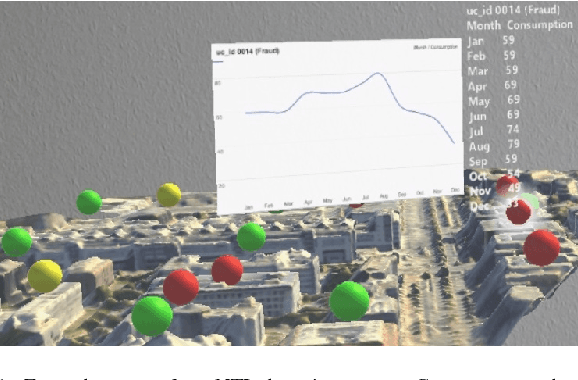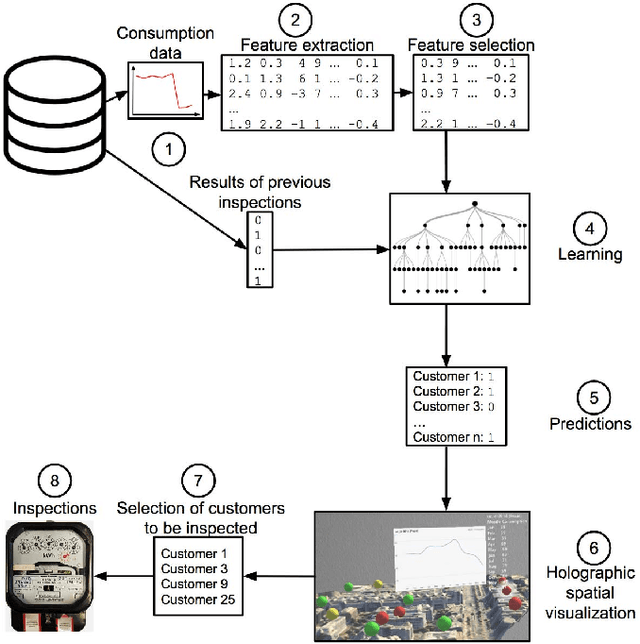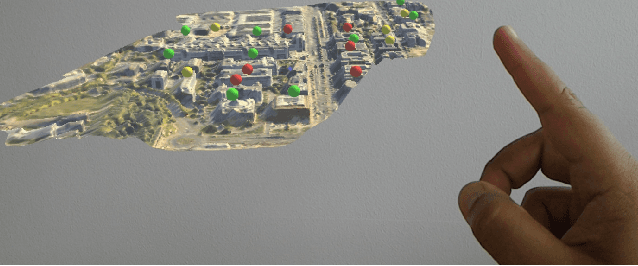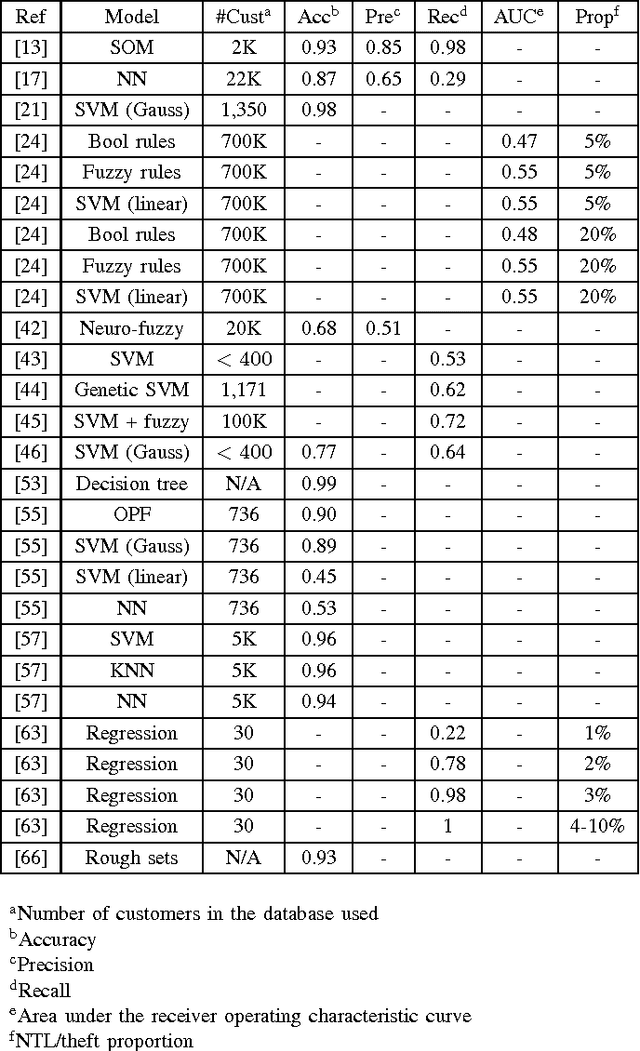Jorge Augusto Meira
Identifying Irregular Power Usage by Turning Predictions into Holographic Spatial Visualizations
Sep 09, 2017



Abstract:Power grids are critical infrastructure assets that face non-technical losses (NTL) such as electricity theft or faulty meters. NTL may range up to 40% of the total electricity distributed in emerging countries. Industrial NTL detection systems are still largely based on expert knowledge when deciding whether to carry out costly on-site inspections of customers. Electricity providers are reluctant to move to large-scale deployments of automated systems that learn NTL profiles from data due to the latter's propensity to suggest a large number of unnecessary inspections. In this paper, we propose a novel system that combines automated statistical decision making with expert knowledge. First, we propose a machine learning framework that classifies customers into NTL or non-NTL using a variety of features derived from the customers' consumption data. The methodology used is specifically tailored to the level of noise in the data. Second, in order to allow human experts to feed their knowledge in the decision loop, we propose a method for visualizing prediction results at various granularity levels in a spatial hologram. Our approach allows domain experts to put the classification results into the context of the data and to incorporate their knowledge for making the final decisions of which customers to inspect. This work has resulted in appreciable results on a real-world data set of 3.6M customers. Our system is being deployed in a commercial NTL detection software.
The Challenge of Non-Technical Loss Detection using Artificial Intelligence: A Survey
Jul 25, 2017
Abstract:Detection of non-technical losses (NTL) which include electricity theft, faulty meters or billing errors has attracted increasing attention from researchers in electrical engineering and computer science. NTLs cause significant harm to the economy, as in some countries they may range up to 40% of the total electricity distributed. The predominant research direction is employing artificial intelligence to predict whether a customer causes NTL. This paper first provides an overview of how NTLs are defined and their impact on economies, which include loss of revenue and profit of electricity providers and decrease of the stability and reliability of electrical power grids. It then surveys the state-of-the-art research efforts in a up-to-date and comprehensive review of algorithms, features and data sets used. It finally identifies the key scientific and engineering challenges in NTL detection and suggests how they could be addressed in the future.
 Add to Chrome
Add to Chrome Add to Firefox
Add to Firefox Add to Edge
Add to Edge